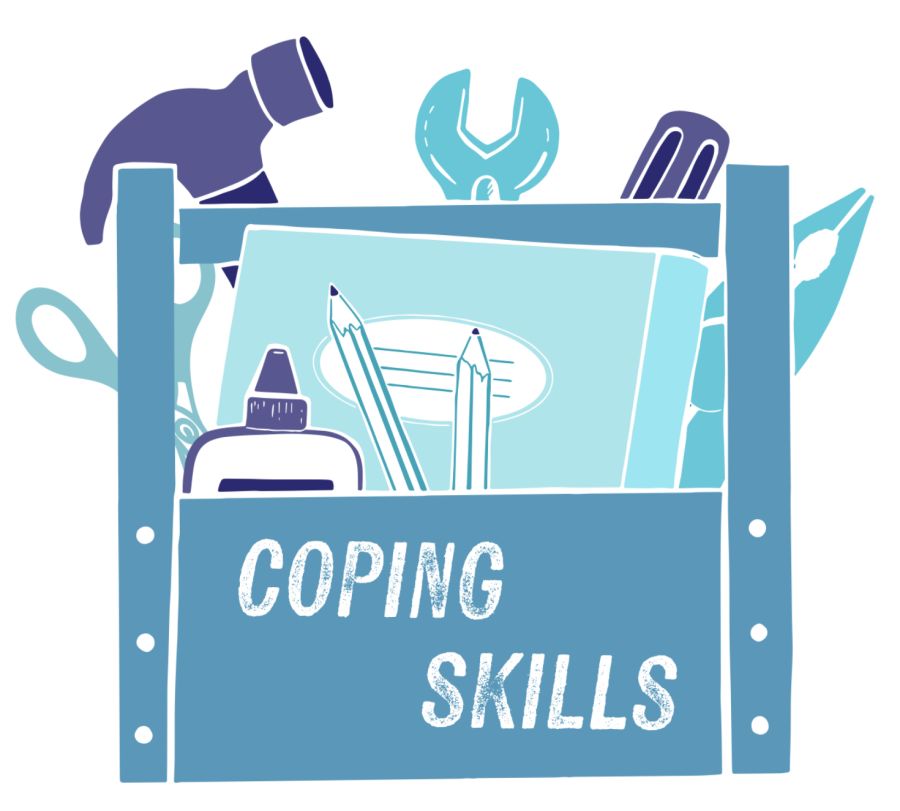Why we LOVE the "Science of Reading" Method at ALS!

Here at ALS we follow the science of reading method. But what is that exactly? The science of reading refers to a body of research from the fields of education, cognitive and developmental psychology and neuroscience, that explains how individuals learn to read and best practices for reading instruction. It is critical that educators understand this body of research because it directly affects how reading is taught. When methods that are not aligned with research are used they can have a negative impact on students. This research has shown that although reading is a complex process, everyone uses the same three parts of the brain. The three different but connected areas of the brain we use to read are the Frontal Lobe (grammatical and speech processing and the sounds in words), Temporoparietal Area (connects sounds to letters and processes word and sentence meanings) and Occipitotemporal Area (processes visual information like letters are words).
We use two main pathways to activate these areas when reading; the Dorsal Pathway, for decoding and the Ventral Pathway, for automatic reading through sight. Students with reading difficulties have brains that use different pathways when reading. This can lead them to using less efficient areas of their brain to read. Luckily, through high-quality evidence-based instruction and intervention we can actually “rewire” the brains of students with dyslexia or other learning disabilities so that they can use more efficient areas and pathways in the brain when reading.
When teaching we focus on the five components of reading; Phonemic Awareness, Phonics, Fluency, Vocabulary and Comprehension. It is important to note that these five components are all highly connected. This is why we strive to teach them in a natural combination of one another instead of isolated skills. For example, phonological awareness, phonics, and word-reading fluency are a part of decoding or word-recognition, whereas vocabulary is a part of linguistic comprehension so they are often taught together. That is why understanding the science of reading is so imperative when it comes to teaching kids how to read.
Annalyse Tanzos
Related Articles That Might
Interest You

Neurodivergent Special Interest

Coping Skill( CBT techniques and DBT techniques)
